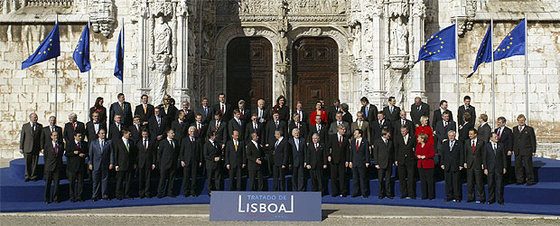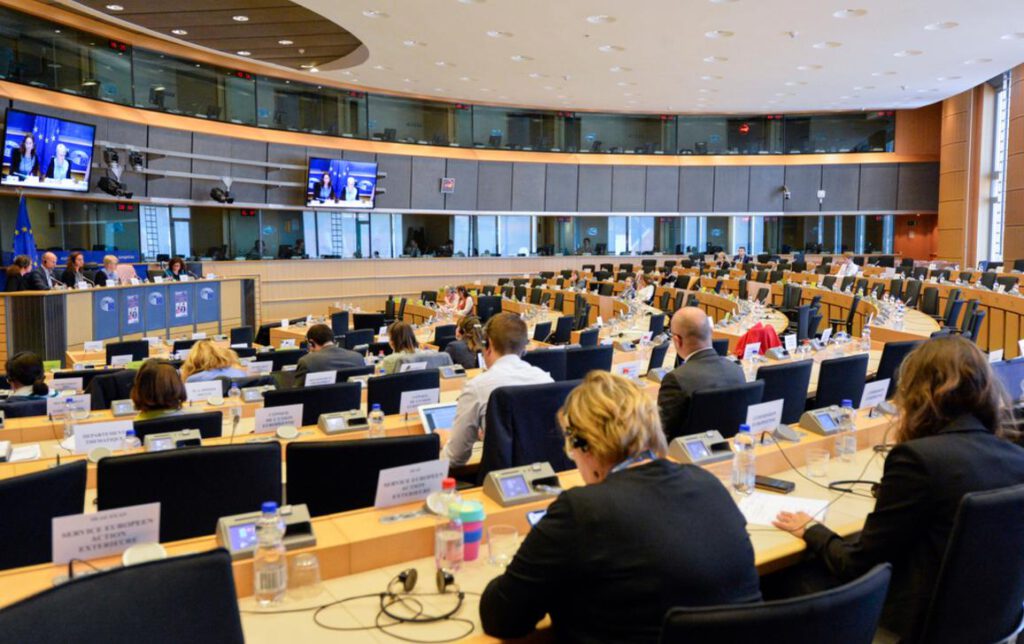Publication concludes a negotiating process that lasted more than four years. Critics still see many obstacles to the proper public scrutiny of lobbyists’ influence on EU decision making.

On Friday 11 June, the Interinstitutional Agreement (IIA) on a mandatory transparency register, concluded between the European Parliament, the Council and the Commission was published in the Official Journal. It is accompanied by a Political Statement on the nature of its applicability, and the bodies/actors to which it applies, as well as a Council Decision implementing the IIA. The IIA and Council Decision will enter into force on the twentieth day after their official publication. Previously, the European Parliament had already adopted its own Decision, while the Commission applies the IIA directly.
The publication of the IIA concludes a negotiating process that lasted more than four years, and had an even longer run-up. The Council initially remained outside of an earlier version of the Transparency Register operated jointly by the Parliament and the Commission (adopted in 2011). When the two institutions opened negotiations on a revision in 2014, they invited the Council to join. However, the latter institution held off the invitation to join for another three years, before finally caving in to the mounting institutional and civil society pressure in 2017. After final informal tripartite negotiations, an agreement was announced on 16 December 2020.
The new IIA consists of 15 articles. It contains a number of features familiar to those who have worked with the access to documents regulation, notably, several articles covering scope and definitions (in this case, also including a long list of elements excluded from the deal), the duty to prepare an annual report on the agreements’ implementation, and a sunset clause for the IIA’s revision (July 2025). However, other elements diverge from said regulation, particularly its fairly heavy-weight joint administrative entity, including a Secretariat and Management Board, tasked with overseeing the IIA’s implementation. Three Annexes provide detailed rules by way of a Code of Conduct for the participating institutions, information on the register for applying lobbyists, and investigative powers for the Transparency Register’s Secretariat.
Red lines
The European Parliament and the Council each brought their own misgivings and red lines to the negotiating table. These amounted to the protection of legislators – MEPs in the case of the former and member states for the latter. Eventually, a quite clausulated formula was found that boils down to excluding both from any obligatory adherence to the lobby transparency scheme. In particular, member states feared that the IIA might come to govern the preparatory activities of their Brussels-based Permanent Representations (de facto national embassies to the EU), while MEPs objected to what they described as a restriction on their ‘freedom of mandate’ (by making meetings conditional on transparency obligations). However, several individual MEPs and member states have already begun to individually apply the ‘spirit’ of the Transparency Register, with various degrees of stringency, and in the case of the latter, based on national lobby transparency regulation.
Nevertheless, the formal letter of the IIA applies only to senior administrative organs of the institutions and the political leadership of the Commission. For this reason, transparency-favouring advocates and some academic observers have criticised the scheme for being an empty shell, or at best a minimal improvement compared to previous arrangements. Emilia Korkea-aho, in a in op-ed on EU Law Live reproduced on this blog, argued that the IIA’s reference to the register being mandatory “stretch[es] the definition of mandatory beyond normal uses of the word”. The Good Lobby, a pan-European civil society organisation, pointed out the remaining “loopholes” and stated that it “had expected better”.
Indeed, given the omissions, it is clear that even with this IIA in place, many obstacles remain to the proper public scrutiny of lobbyists’ influence on EU decision making. The EP’s negotiators of the deal however, have pointed at the general direction of the agreement, which is towards the broadening of its scope, for the first time now including the Council, and its stronger conditionality, which will increase the incentive for lobbyists to register, and for MEPs and member states to voluntarily sign up to it. The first years of the IIA will show whether this promise will be able to dispel some of the vocal criticism of the IIA.




